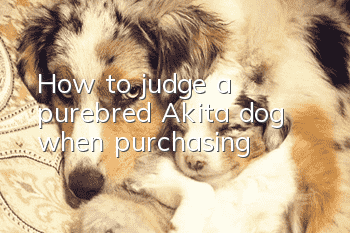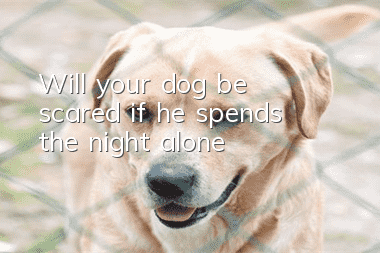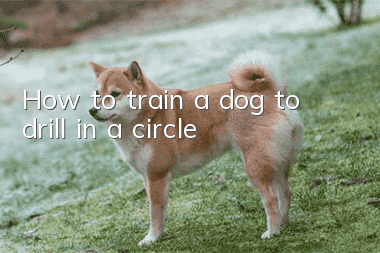How to judge a purebred Akita dog when purchasing

The Akita Inu has become very popular in China in recent years, but because its appearance is similar to that of a Chinese native dog, many people will buy impure Akita Inu dogs. According to the following description, you will definitely not buy the wrong one.
Head: Thick, but in proportion to the body; few wrinkles when at rest; skull broad and flat between ears; jaws square, strong and with a slight throat.
Viewed from above, the outline of the head is a blunt triangle. (Faults: Narrow head or long muzzle)
Ears The Akita Inu’s ears are a distinctive feature of this breed. They stand powerfully upright and are small. If folded forward, its length is such that the tips of the ears just touch the upper corners of the eyes. The ears are triangular in shape, with slightly rounded tips, wide bases, and a wide distance between the bases of the ears. However, the bases of the ears should not be very low, extending slightly forward, beyond the eyes, and in line with the neck. (Disqualification: Drop or broken ears)
Eyes: Dark brown, small, deep set and triangular in shape. Eye circles dark and tight.
Nose broad and black. White Akita dogs are allowed to have liver-colored noses, but black is always preferred. (Disqualification: Butterfly nose or lack of pigment on the nose)
Chin: The muzzle is broad and complete. The ratio of the distance from the nose to the stop to the distance from the stop to the back of the head is 2/3. Lips are black and not droopy; tongue is pink. Teeth: Strong, scissors bite is ideal, pincer bite acceptable. (Disqualification: Significant undershot or overshot bite)
Limbs The bones of the forelimbs are very strong and straight. The hind limbs are well muscled and have bone mass comparable to that of the forelimbs.
Feet: Cat feet, with arched feet and thick pads. The feet are pointed straight forward. (Generally, the dewclaws on the forelimbs are not removed; the dewclaws on the hind legs need to be removed)
Tail: The tail is large and plump. The base of the tail is set high and rolled over the back, or 3/4 of it rests on the waist. It is rolled in one or two curls and is always rolled below the topline. When curled to 3/4, the tip of the tail hangs down at the waist. The base of the tail is thick and strong. If the tail is drooped, it is just as long as the hock. The hair on the tail is thick, straight and thick, and does not appear to be feathered. (Disqualified: sickle tail or straight tail)
Coat: double coat. The undercoat is thick, soft, dense and slightly shorter than the overcoat. The coat is straight, coarse, and erect on the body. The hair on the head, legs and ears is slightly shorter. The length of the hair at the withers and rump is about 2 inches, slightly longer than the rest of the body, except for the tail, which is the longest and thickest part of the body. (Defect: Feathering anywhere)
Coat color: any color, including white, spotted, and mottled. The colors are bright, clear and the markings are harmonious, with or without masks. White Akita Inu without mask. The Variegated Akita has a white background with large, even patches of color covering the head and more than 1/3 of the body.The undercoat color may differ from the coat color.
- Causes and treatment of dog hair loss
- Is it still necessary to deworm dogs in winter? This is common sense that poop scavengers must understand!
- Symptoms, causes and treatment of dog diabetes
- How to feed a two-month-old golden retriever
- What is the easiest way to treat ear mites in dogs?
- Is the Basset Hound easy to raise? How to train the Basset Hound?
- The history and role of the Beagle
- What is the average lifespan of a Husky dog?
- Symptoms of prostatitis in dogs
- What should you pay attention to after your dog is neutered?



